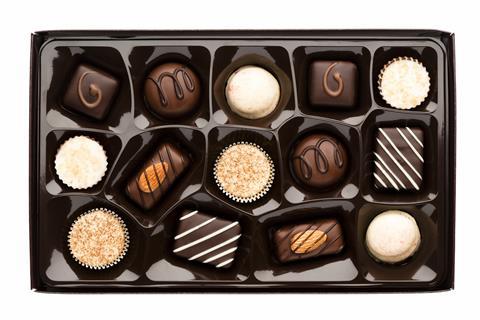
Chocolate’s on the skids. Grocers have sold 91.2 million fewer bars, bags and boxes of the stuff in the past year. That’s largely down to unflattering comparisons with heightened sales during lockdown and 2022’s blistering summer.
Still, at least there was a distinct improvement in sales of festive goodies following the previous year’s washouts.
Easter 2022, for instance, “showed solid growth”, says NielsenIQ analytics executive Daniel Woods. Which helps explain why Cadbury Creme Egg has come top of the pile in absolute growth terms. Sales are up £10.6m.
But Creme Egg’s 15.4% spike in average pack price is also significant. Again, it’s indicative of factors affecting the wider market. “For most of this year’s fastest-growing brands, we can attribute growth to an increase in average price,” says Woods. “This has resulted in lower volumes but higher value sales.”
Number three brand Lindt Lindor is another salient illustration of this trend. It’s shed 5% of unit sales but added £2.6m thanks to a 6.8% surge in average price.
There are exceptions, of course. Ferrero Rocher, chocolate’s second-fastest grower in absolute terms, has increased in value by £10m, while units have soared 28.3% and average price has fallen 12.1%. This is not a result of price cuts but of innovation. In 2021, the brand expanded into sharing tablets, which sell for considerably less than its core gifting packs.
Premium brand Tony’s Chocolonely, on the other hand, has slashed prices. In September, it lowered the rsp for its bestselling 180g bar from £3.50 to £2.99. At the time, the ethical brand was in 22.8% value growth on units up 17.6%.
“We have said to the trade ‘help us do this’; it is taking a big chunk of gross margin out of our business,” UK country manager Ben Greensmith told The Grocer in the autumn. “But customers and some retail partners are saying ‘yeah, it is the right thing to do’. It has a hit on the percentage, but the way I’m looking at it, it’s just going to help us grow faster.”
Chocolonely’s growth suggests Brits have an appetite for ethically focused products despite the squeeze on budgets.
That sales of posh gifting brand Lily O’Brien’s have grown by 7% on units up 6% lends more weight to the notion that chocolate is still premiumising. “Affordable indulgence will continue to shape the category,” says marketing director Evelyn McLoughlin. “Shoppers will gravitate towards products that offer comfort, joy and luxury at an attractive price point.”
Lindt Lindor also seems to be hitting that sweet spot: despite flagging volume sales, owner Lindt & Sprüngli won’t be overly concerned. For a start, it is breathing down the neck of number two brand Galaxy, with less than £500k between them.
Plus, when compared with pre-Covid sales, Lindt is still way ahead, says a spokeswoman for the Swiss chocolatier. In 2019, Lindt Lindor stood at £145.8m. Since then, it’s overtaken Maltesers to become Britain’s third-biggest chocolate brand and added £43.7m. Products such as Lindt Gold Bunnies and Swiss Luxury Selection gifting boxes are also in strong growth.
“Our strong performance wasn’t just a blip due to the situation with Covid-19, but a lasting positive change for the brand,” adds the spokeswoman.
She points to the Lindor Pick & Mix bays in Sainsbury’s as a key growth driver. “We now have 204 permanent units in Sainsbury’s superstores,” she says. “Sainsbury’s has worked with us to develop and design the one to two-bay propositions, and how we drive relevance and engagement for pick & mix during key gifting seasons by activating new flavours, seasonal packaging, and point of sale.”
All this growth for posher brands and seasonal lines is painting the other mainstream players in a poor light. “All five of the top chocolate brands have declined in volume, and four of them have declined in value,” notes NielsenIQ’s Woods, with Lindt Lindor the exception.
Market leader Cadbury Dairy Milk suffered the greatest absolute loss of the year, sliding £45.1m on units down 8.5%. Ferrero’s Kinder and Mars Wrigley’s Galaxy are the next biggest losers, shedding £28.8m between them.
This is not down to protests against shrinking chocolate bars – despite The Daily Mail’s best efforts to spark a furore. “Shrinkflation strikes again!” shrieked the tabloid in January after Wispa Duos shrank 7% as price stayed the same. It also bemoaned shrinking Curly Wurly, Chomp and Fudge bars.
Instead, suppliers insist it was the hot summer that dented the category. And, in spite of all the hoo-ha about shrinking bars, Wispa – with its average price of £1 – is one of only four top 10 brands to achieve value and unit growth. That suggests price matters more to shoppers than bars shedding a few grams.
Particularly if there’s an exciting new variant on offer. “On-trend and relevant new flavours are a key growth driver in chocolate, accounting for 28% of category growth and attracting incremental younger adult consumers,” explains Mondelez trade communications manager Susan Nash.
This year, the hottest flavour has been caramel, she adds. “Whether it’s salted or caramelised white, caramel is the number one bestselling chocolate flavour. We’ve rolled out several exciting new creations in this flavour to help retailers cater to this growing consumer trend across various formats, price points and occasions.”
Indeed, much of Wispa’s performance is down to the success of the August launch of limited-edition Salted Caramel Wispa Gold. It came hot on the heels of limited-edition Caramel Twirl in March and Caramilk Buttons in February.
More proof of the popularity of caramel can be seen in Kit Kat’s 7.5% value growth on units up 5.5%. It launched Caramel Chunky in the summer, the latest in a long line of limited-edition variants including Lotus Biscoff.
Mars Wrigley has also been busy with NPD. Like its Triple Treat range (see left). Or Dark Maltesers. They were added in June to help shoppers “with their search for a more intense cocoa experience”, says external communications manager Georgie Feldman. Next up are festive lines such as Maltesers Mint Reindeer in a 29g bar and 59g sharing bag.
NielsenIQ’s Woods notes that some Christmas lines have been in store since August, two months earlier than usual.
Confectioners are clearly leaving nothing to chance this year.
Top Launch 2022
Dairy Milk Hot Cross Bun | Mondelez
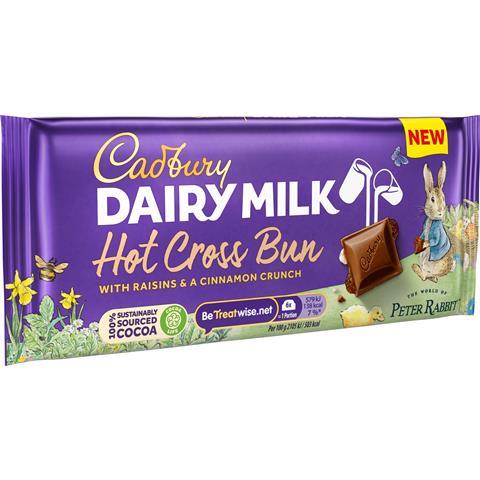
Easter confectionery sales boomed in 2022 as the UK celebrated its first run of restriction-free spring bank holidays for two years. Mondelez celebrated in style with this limited-edition mash-up. It’s Cadbury milk chocolate studded with raisins and cinnamon-flavoured crunchy pieces – mirroring the deliciousness of the baked treat after which it’s named. The 110g tablet was a smash hit, says Mondelez. Hopefully, it’ll make a return for Easter 2023, then.
The Grocer Top Products Survey 2022: How can brands stay in focus?
- 1
- 2
- 3
- 4
- 5
- 6
- 7
- 8
- 9
- 10
- 11
- 12
- 13
- 14
 Currently reading
Currently readingConfectionery – chocolate 2022: Easter saves choc in difficult year
- 15
- 16
- 17
- 18
- 19
- 20
- 21
- 22
- 23
- 24
- 25
- 26
- 27
- 28
- 29
- 30
- 31
- 32
- 33
- 34
- 35
- 36
- 37
- 38
- 39
- 40
- 41
- 42
- 43
- 44
- 45
- 46



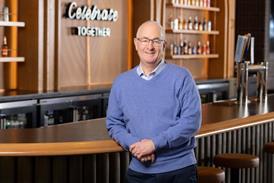


















![Cheese ]GettyImages-664658023](https://dmrqkbkq8el9i.cloudfront.net/Pictures/100x67/1/8/6/282186_cheesegettyimages664658023_540979.jpg)





























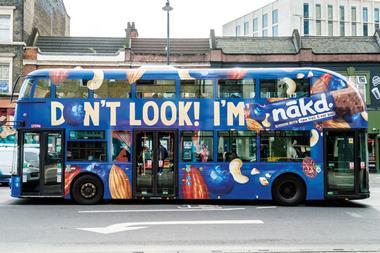
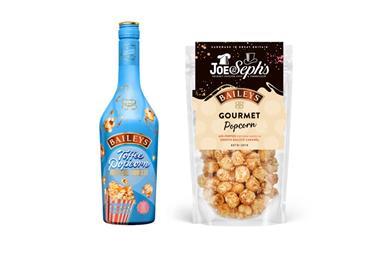
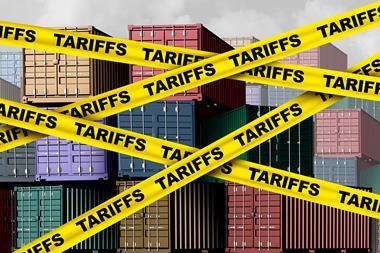
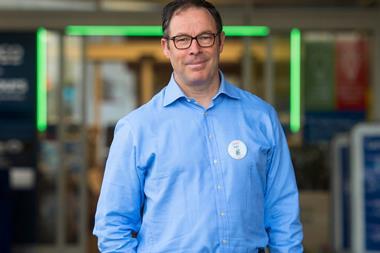
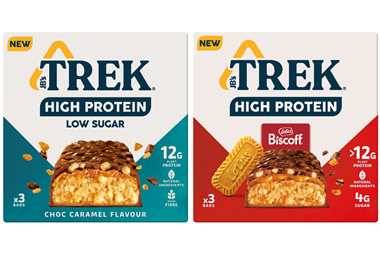
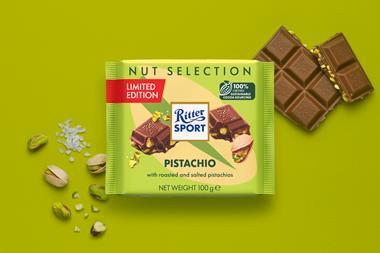






No comments yet